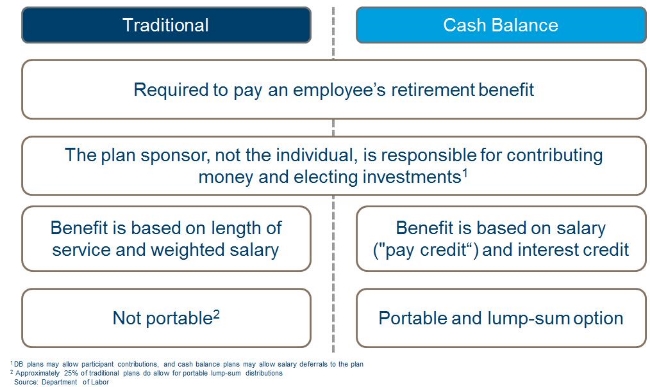Webinar in Review: Taking Control of your Student Loans
Contributed by: Clare Lilek
If you or a loved one has student loans, then you know it’s easy to feel overwhelmed at times. According to The Institute of College Access & Success, 70% of undergraduates have student loan debt of $35,000 on average upon graduating. Moreover, these numbers and percentages increase with degree level. With increasing numbers of Americans with student loan debt and the fact that managing multiple loans of various types and interest rates can cause confusion, Melissa Parkins, CFP®, and Kali Hassinger, CFP®, hosted a webinar on the subject in order to provide some clarity.
First, it’s important to determine whether you have federal or private loans; there are various sub-categories of loan types for federal loans. The majority of loans you will come in contact with are federal loans and they tend to have fixed-interest rates and the possibility of flexible repayment plans. Private loans tend to have less flexible repayment plans and interest rates are determined by credit scores.
Federal loans tend to be considered the preferred type of loan. They offer flexible repayment plans, varied interest rates, loan consolidation options, and the possibility of loan forgiveness (note on loan forgiveness: if you still owe money at the end of your federal loan period, the government will forgive that loan but the remainder will be taxed as income that year). Private loans, however, tend to be more straight forward since there is a standard repayment plan that is not based on your income.
One big tip Melissa and Kali offered is first getting organized with your loans. Create a list that outlines the type of loan, the lender, interest rates, and the term. (For help with creating this inventory check out Melissa’s latest blog on the subject.) They also offered a helpful flow chart for deciding whether or not you should refinance your federal loans:
Taken from Social Financial, Inc
At the end of the webinar, Melissa and Kali went over an in depth case study looking at specific examples of loans and potential refinancing options to save you money and to pay back your loans at a faster rate. Listening to this case study can provide more clarity on how creating a loan inventory may help you save money in the long run.
If you have questions regarding your own student loans, listen to the webinar and see if any of the information applies to you. As always, feel free to reach out to your financial planner or Melissa and Kali for any remaining follow up questions or to talk about your specific situation.
Clare Lilek is a Challenge Detroit Fellow / Client Service Associate at Center for Financial Planning, Inc.
The information contained in this report does not purport to be a complete description of the securities, markets, or developments referred to in this material. The information has been obtained from sources considered to be reliable, but we do not guarantee that the foregoing material is accurate or complete. Any opinions are those of and Clare Lilek, Melissa Parkins and Kali Hassinger not necessarily those of Raymond James. Raymond James and its advisors do not offer tax or legal advice. You should discuss any tax or legal matters with the appropriate professional. Prior to making an investment decision, please consult with your financial advisor about your individual situation.


















